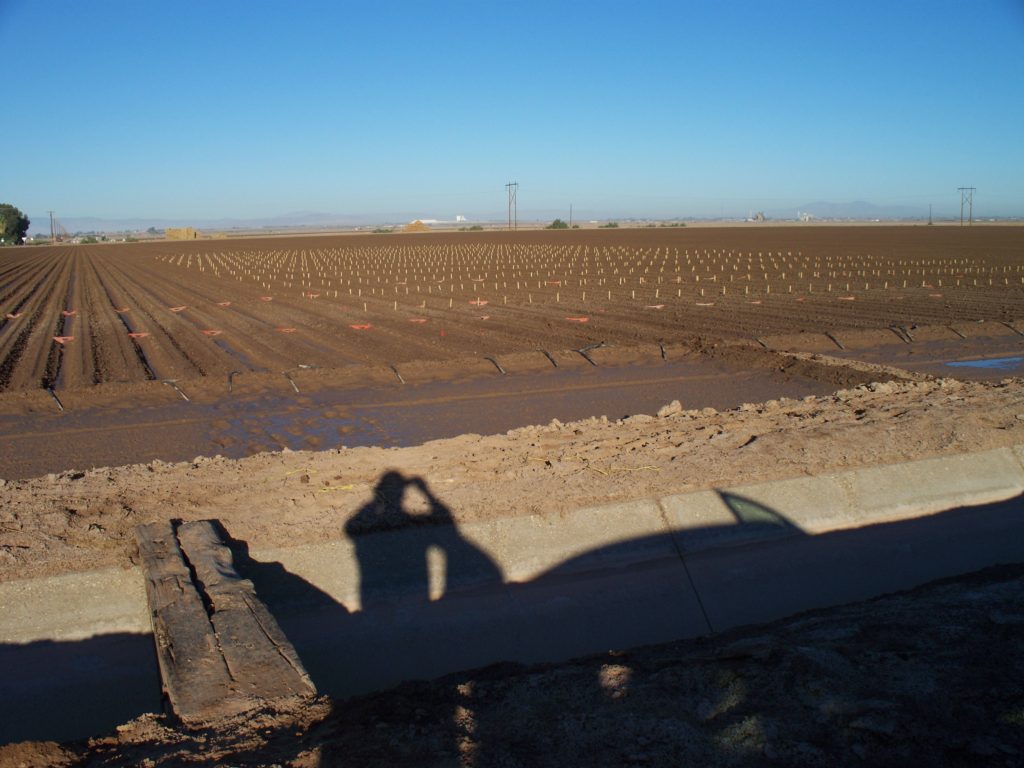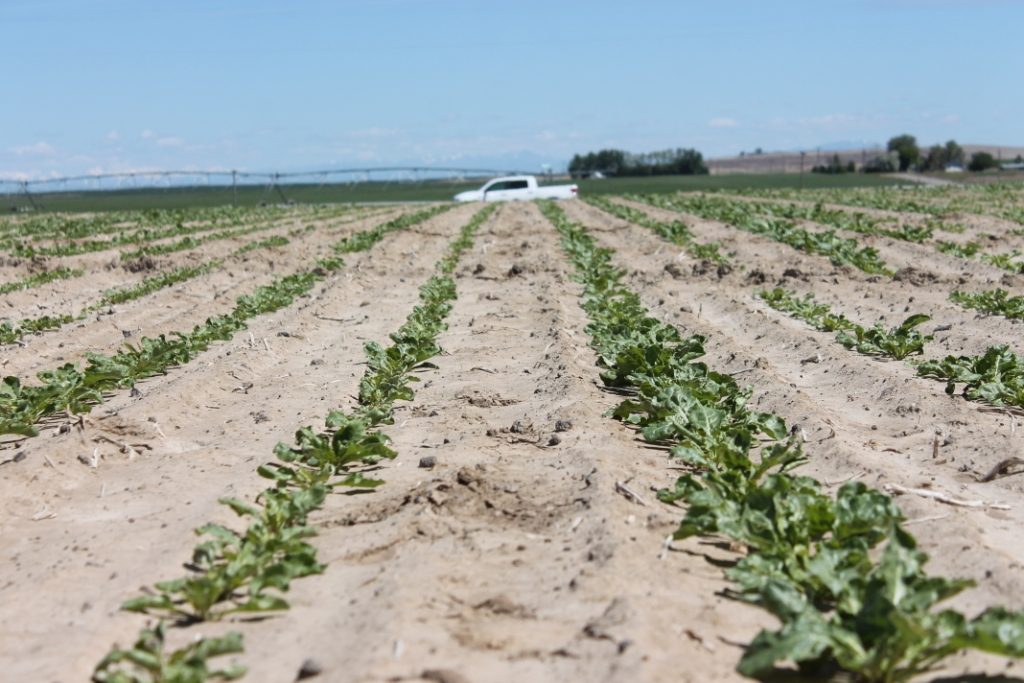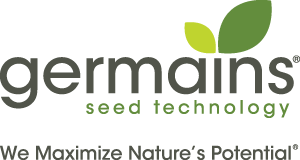Sugarbeet Field Trials | Protocols
Developing new seed treatments is a lengthy process of identifying a product, trialing the results, and bringing the product to market. Trialing is the process by which products are tested, sorted, and used to determine their value to customers. The quality of sugarbeet field trials and the results are dependent on the use of correct protocols. Germains’ has been developing field trial protocols for sugarbeet since the 1950s’ that cooperators continue to follow so that they may achieve the best trial results.
Sugarbeet Field Trial Protocols
Germains’ relies on 3rd party independent cooperators to perform trials. These cooperators include sugar beet seed companies, sugar cooperatives, and Universities. Our sugarbeet field trials are all replicated, usually with six replications. Depending on the year as many as 30 trial locations may be conducted across the United States. The support of 3rd party cooperators is invaluable for the success of Germains sugarbeet trial program. The following are field trial protocols for sugarbeet that have proven to be effective:
#1 Protocol – Site Selection

Germains Representative Scouting Sugarbeet Field Trial
Site selection is the most critical part of a trial. Locating a site that is level, with uniform soil type and water drainage is vital. Avoiding heavy residue from previous crops and variable soil types increase the quality of a trial. Consideration of surrounding trees, buildings, or obstacles that can cause variable sun or wind patterns also play into correct site selection. Another consideration is how the tillage has been performed to minimize variation within plots. Selection of the right trial site takes effort and planning to ensure quality trials.
#2 Protocol – Planting
Most field trials we plant to stand but occasionally will seed thick and thin to the desired population. Plot length should be between 30-40 ft long which provides sufficient row length for stand counts and allows for an acceptable sample size for harvest. The first stand count should be taken when the “CHECK” has 10-20 plants per 100 feet emerged. For an emergence improvement trial, 2-3 early stand counts are performed with a final count for plant population. The seed planted is treated with standard industry seed treatment packages suitable for the growing area. Our trial seed is color coded to ensure proper location of seed within the plots.
#3 Protocol – Disease and Pest Control

Sugarbeet Field Trial | Adelaide, Idaho
The growing season comes with spraying to ensure vigorous crop growth. Weed spray should occur early and often to keep weeds out of plots and avoid variability. If insects are detected, insecticides are used for control and a standard application of Quadris is applied to lessen variability caused by Rhizoctonia.
#4 Protocol – Harvest and Data Collection
Harvest and data collection are the final steps of trials. Mechanical defoliation and harvest occur in September and October. The timing of harvest to avoid wet and muddy conditions helps ensure correct weights from plots harvested. The data collected includes Tons/Acre, Sugar %, ERS/Ton (RST), ERS/Acre (RSA), SLM, revenue per ton and revenue per acre. The data is analyzed statistically to determine the quality of trials, effectiveness of products, and value to customers.
Trials are paramount to the determining of future product and the value they have for customers. The protocols used ensure trials are providing accurate information on potential new treatments. Great effort is input into trials to ensure Germains Seed Technology is providing value to our customers and ultimately to the grower. Please visit our website for more information about Germains sugarbeet seed technologies.
